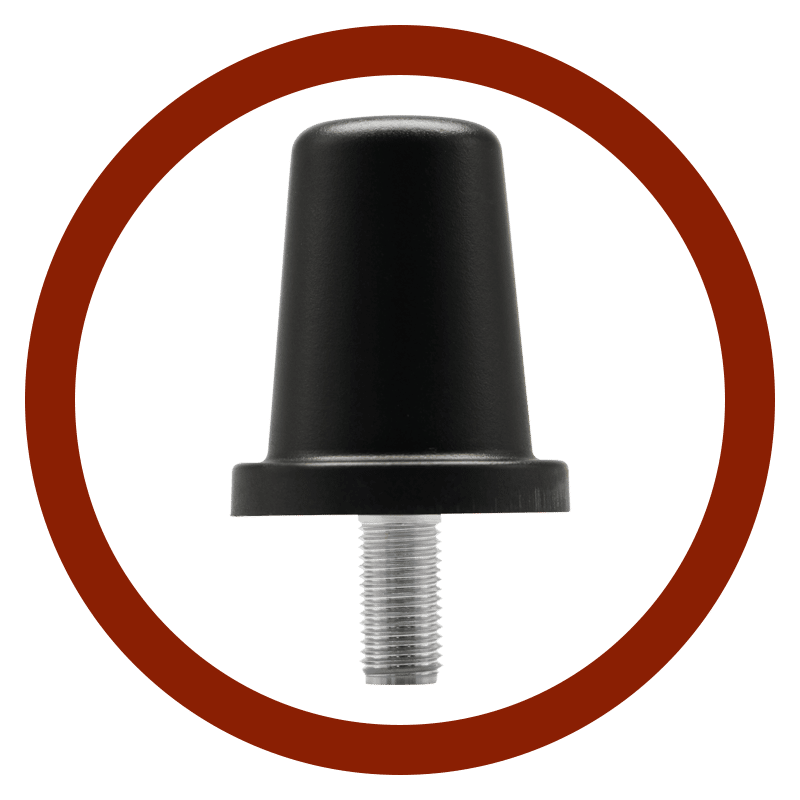Antenna Selection for Warehouse Automation Applications
MP Antenna Improves Connectivity for Warehouse AGVs

Objective
Improve connectivity of an autonomous asset in a dynamic warehouse environment without modifying the infrastructures network. Antenna must be small and easily mounted.

Solution
Multi-Polarized Micro Omni Antenna, Surface mounted, SMA- Female.
Warehouse automation is becoming more prevalent than it has in years past, the need to move goods as quickly and efficiently as possible has never been more in demand. In today’s turbulent consumer environment, companies have produced technical solutions such as AGVs/AMRs that are able to work around the clock autonomously, allowing the movement of goods to become easier while reducing overhead costs.
Many autonomous platforms rely on a site’s wireless system such as an Enterprise Wifi or private wireless network to be able to communicate with a central server that dictates what tasks need to be done. Maintaining a consistent connection between the AGV and the central server is absolutely critical to the operation of autonomous deployments.
The selection of a wireless system and components should be carefully vetted as it is the backbone of indoor autonomous systems. RFID, Wireless Telemetry, Mobile Scanning, AGVs/AMRs, and IoT sensors are all devices that rely on a wireless system to operate correctly. If the devices are unable to communicate effectively through a wireless network, the entire operation can come to a screeching halt.
MP Antenna manufactures multi-polarized antennas and has deployed them in many of these indoor autonomous environments. Customers have reported seeing significant performance increases by simply utilizing an antenna that is better equipped to handle a dynamic indoor wireless environment. Being multi-polarized allows MP Antenna to have an advantage over other antennas that only can operate in a single polarization. This is due to the ability to better combat multi path interference that is heavily seen in indoor wireless deployments. When controlled testing was done with MP’s Multi-Polarized antennas, connectivity was reported in every area that was tested. Many of these same areas were plagued with “dead zones” and “dropouts” when a single polarized antenna was used. Overall, a 22% increase in link quality was seen which included an average 12dB decrease of the observed Signal to Noise Ratio (SNR). This was achieved with no other modifications to the wireless infrastructure other than changing the autonomous asset’s antenna.
